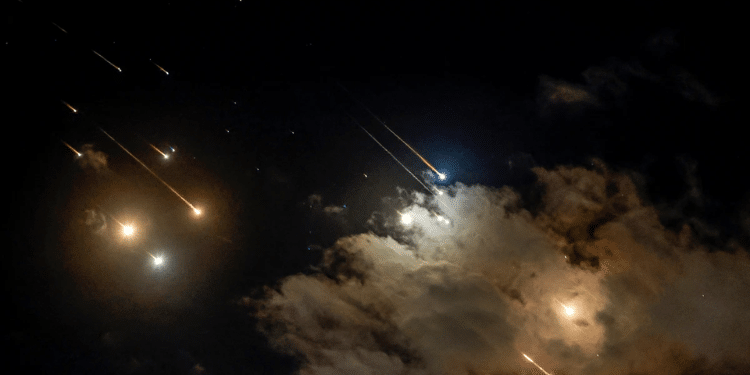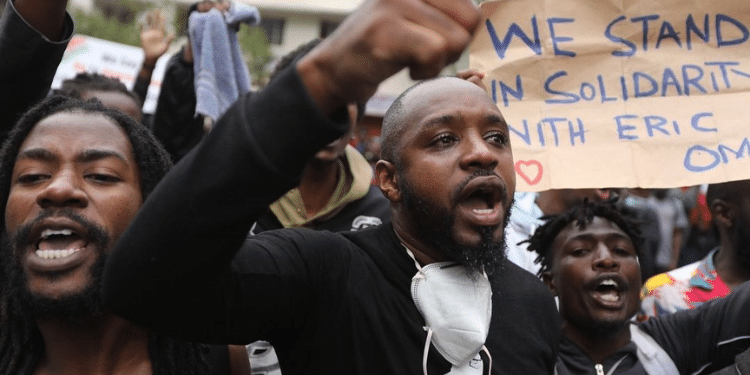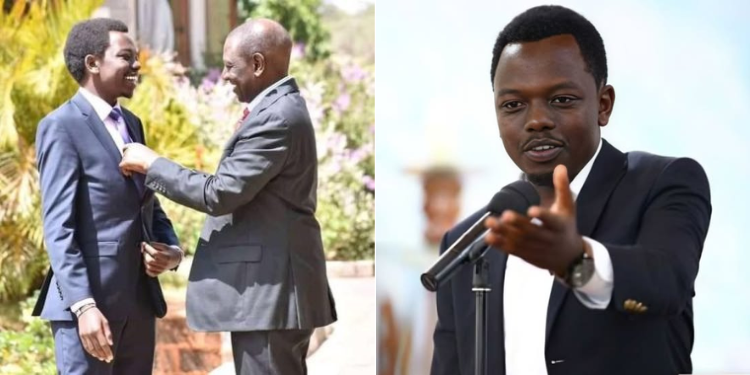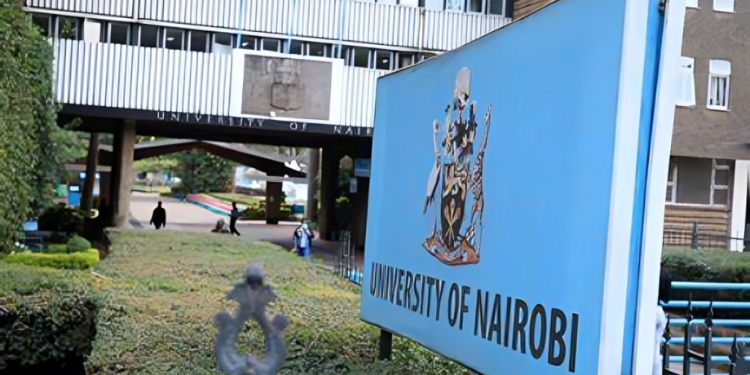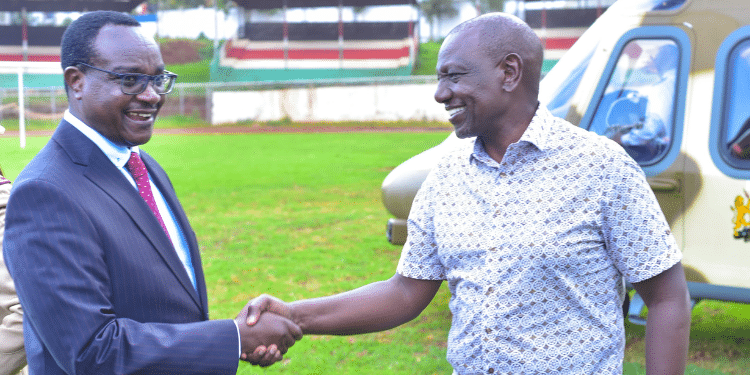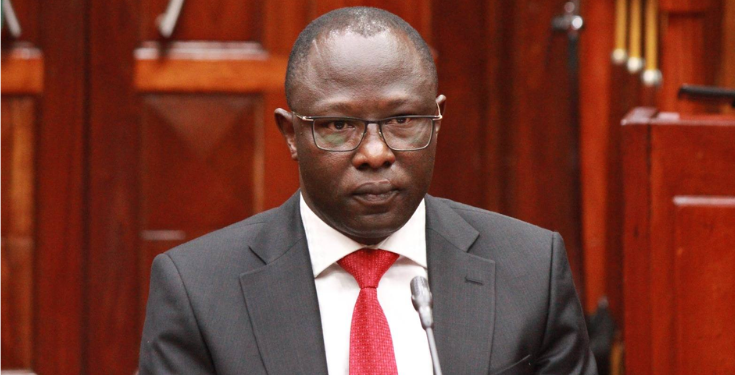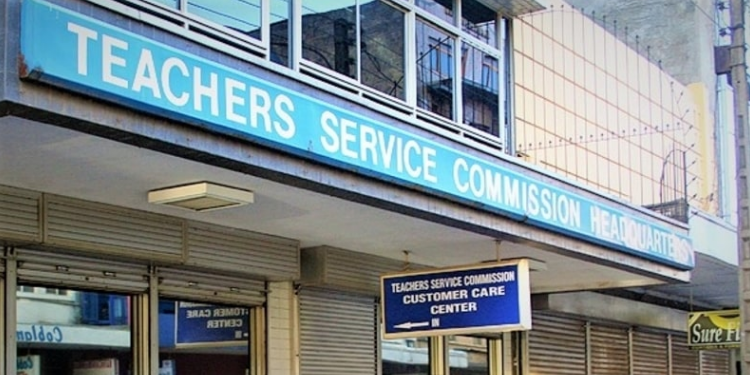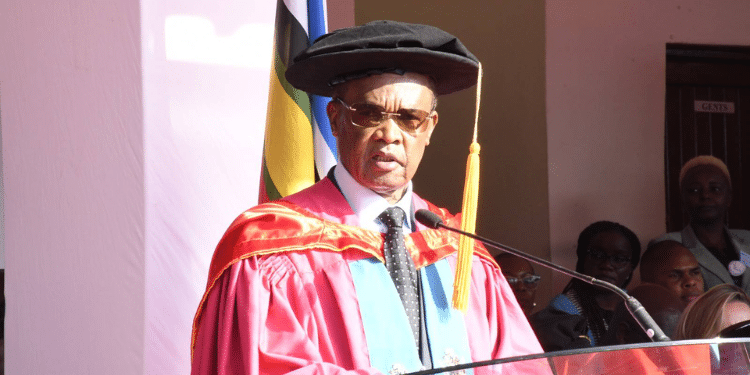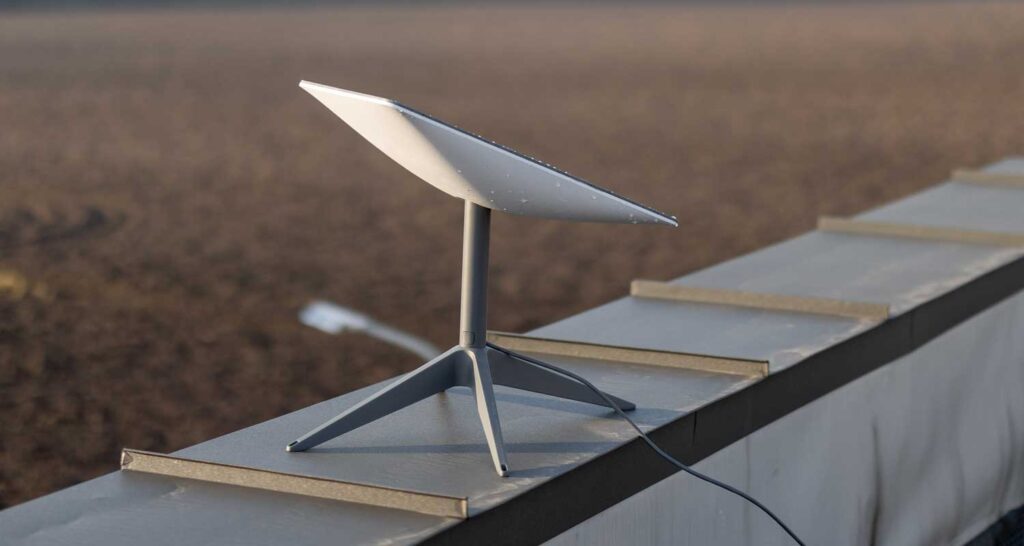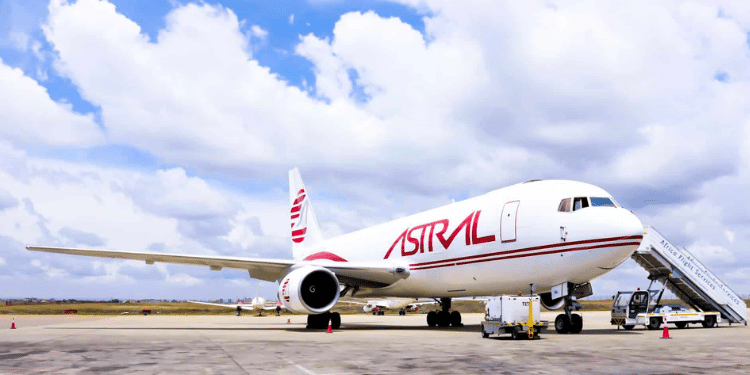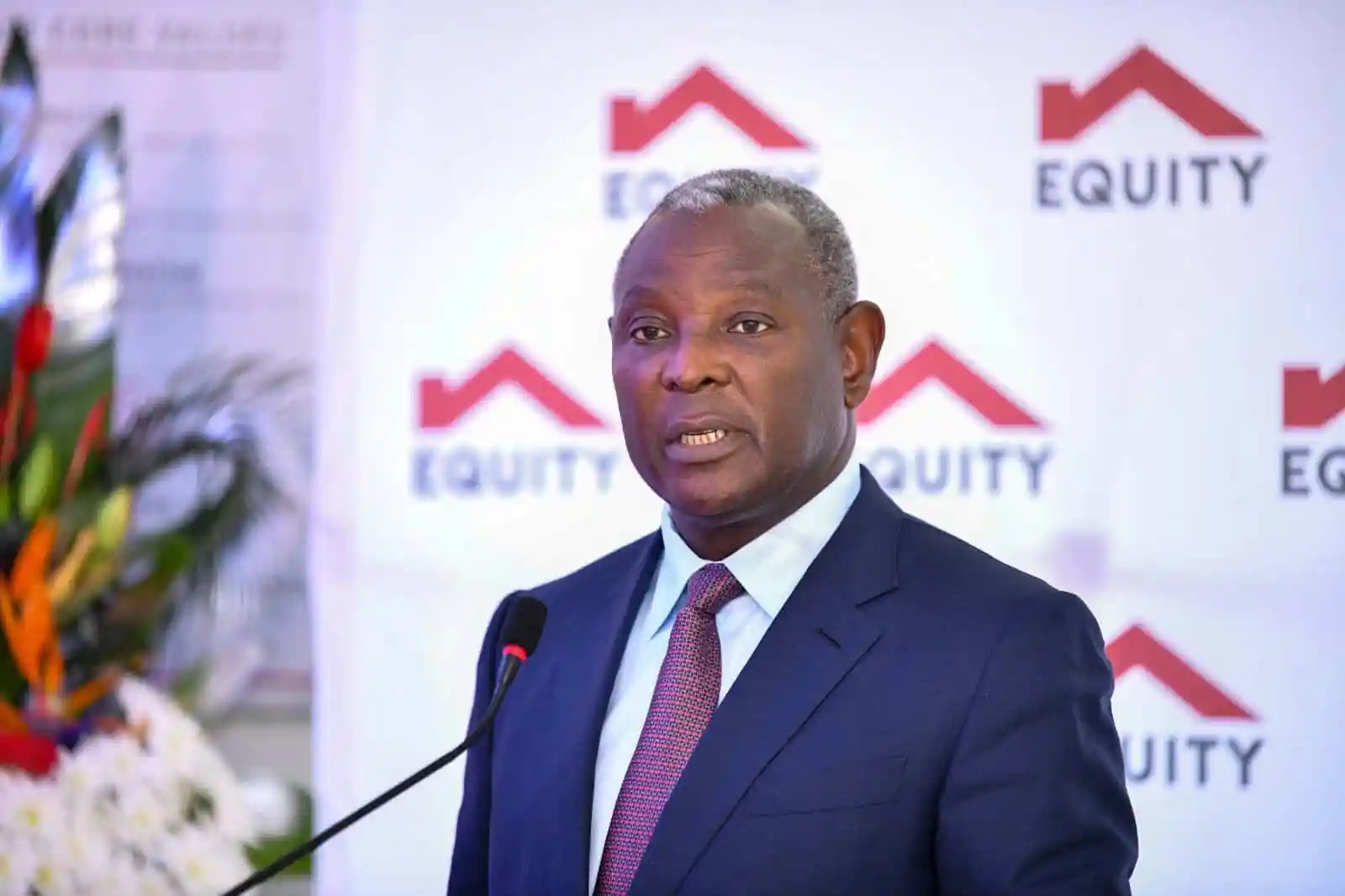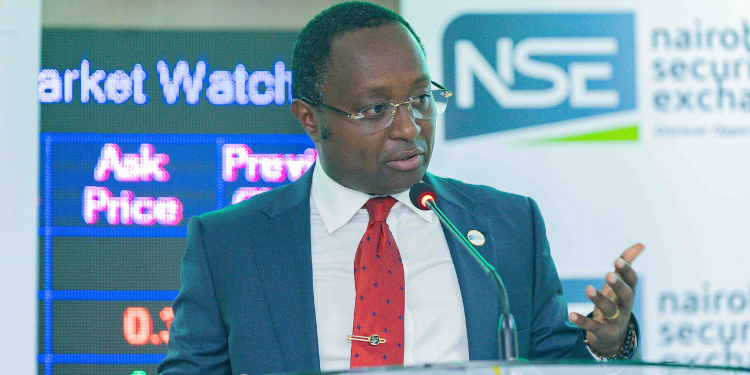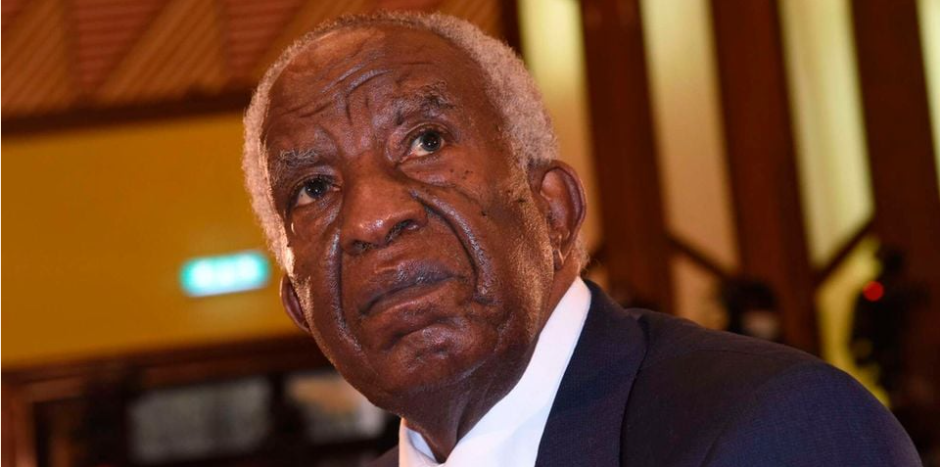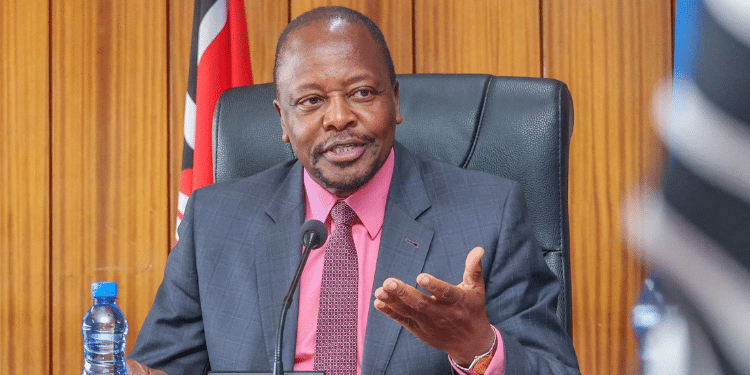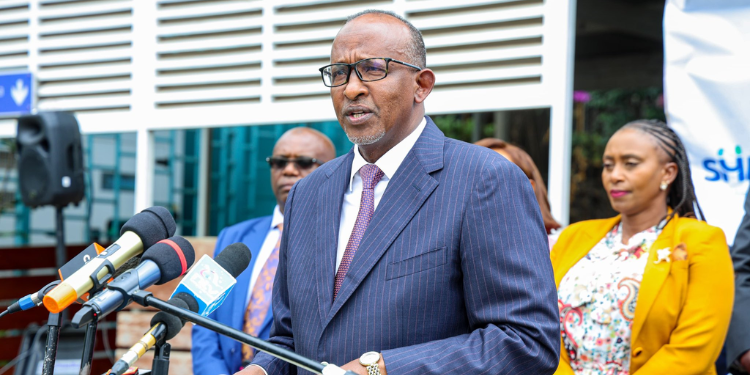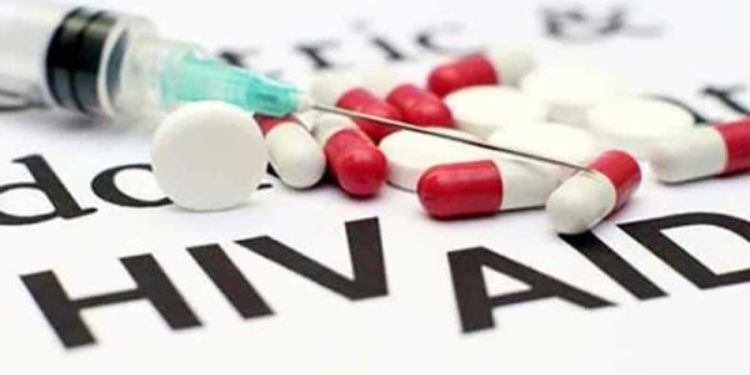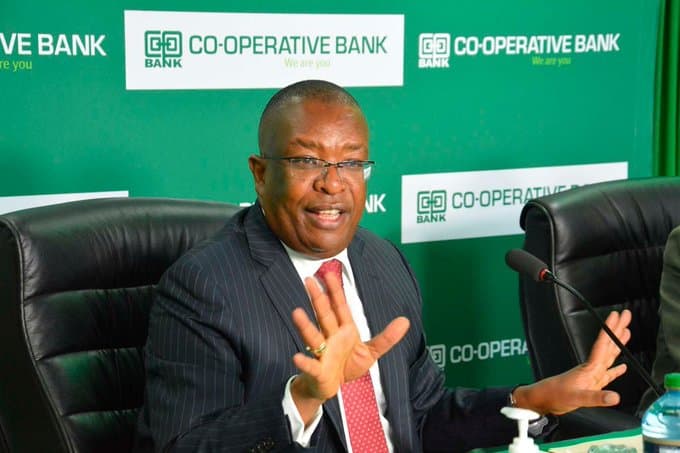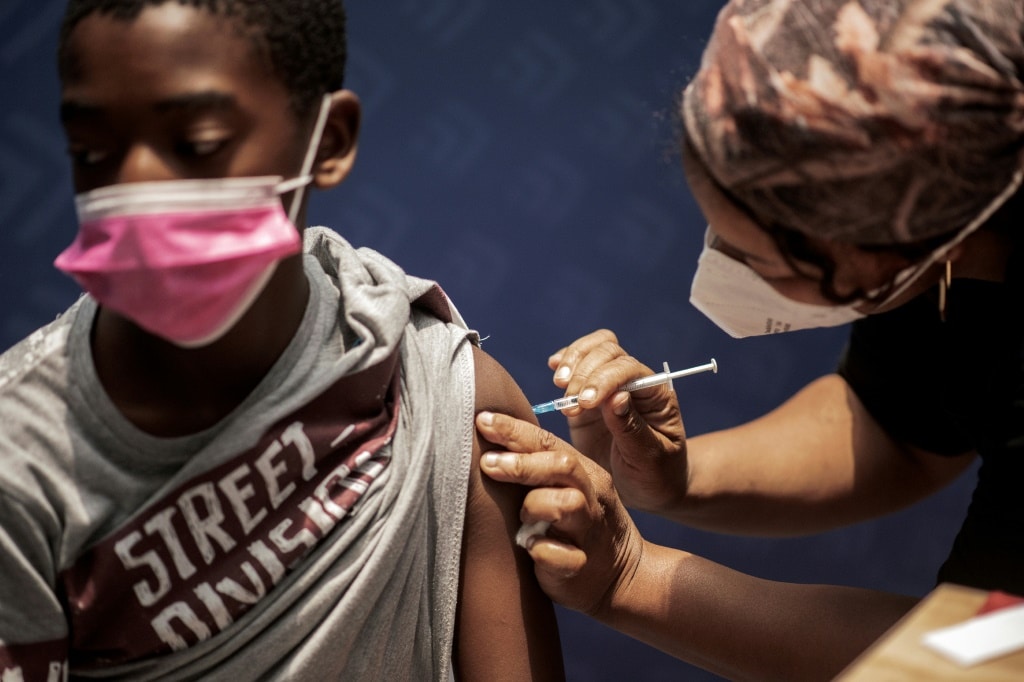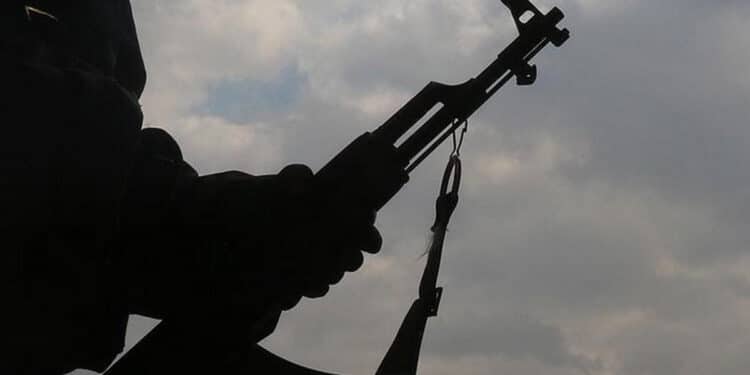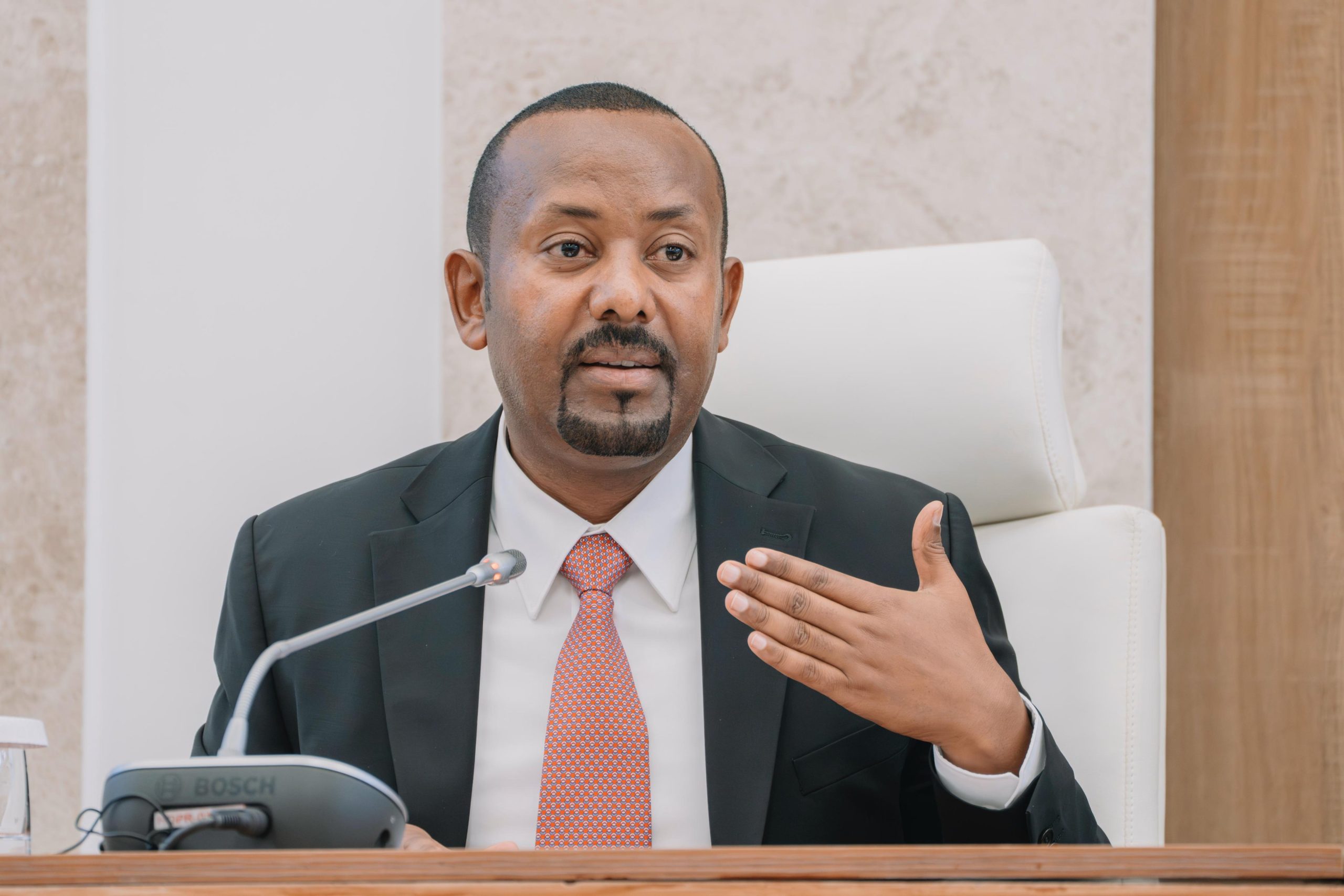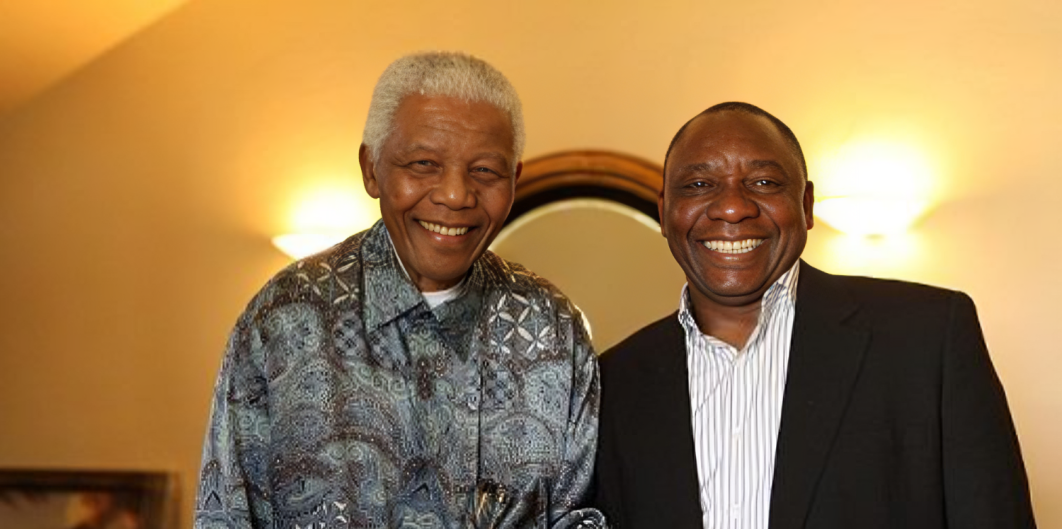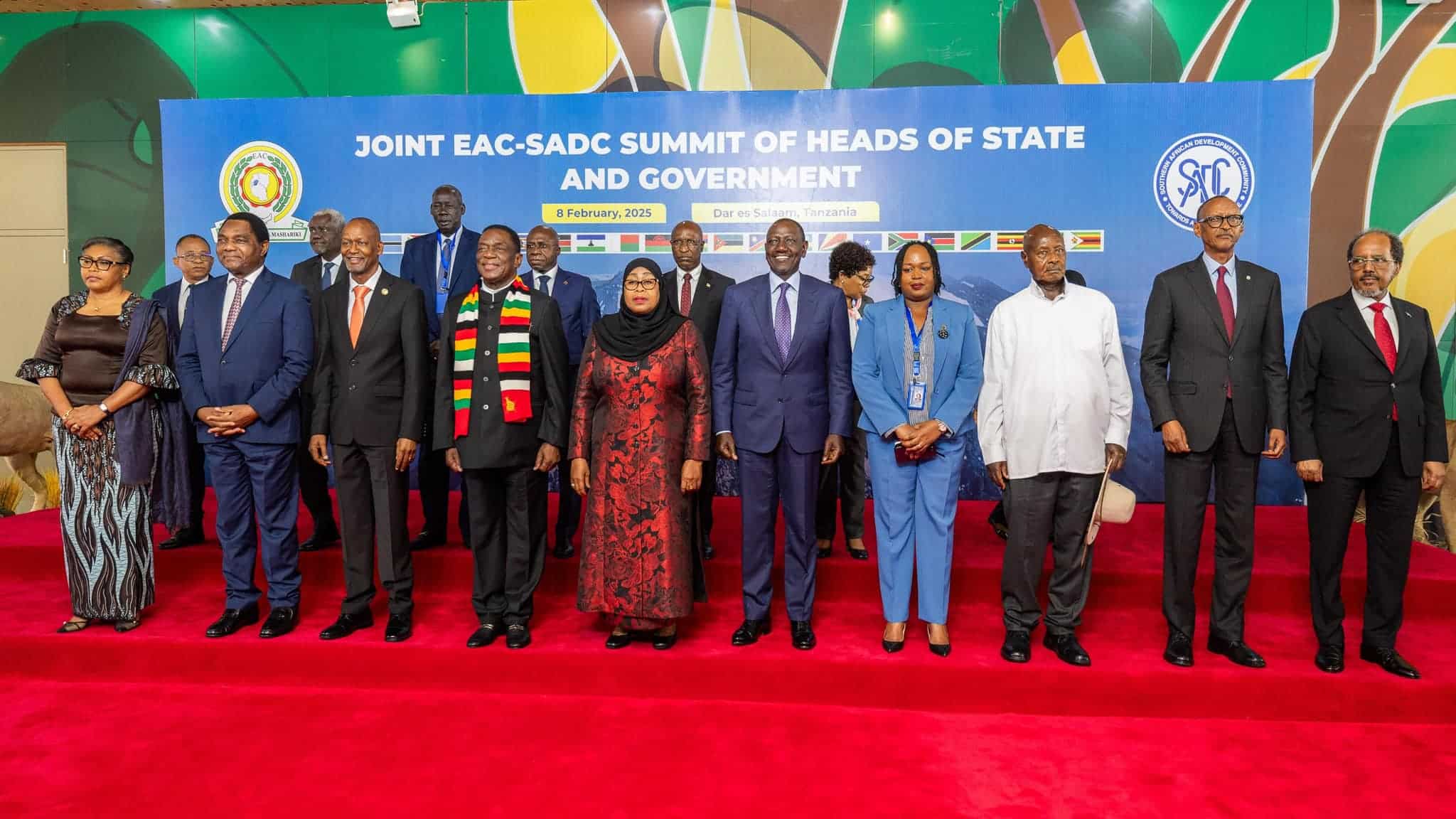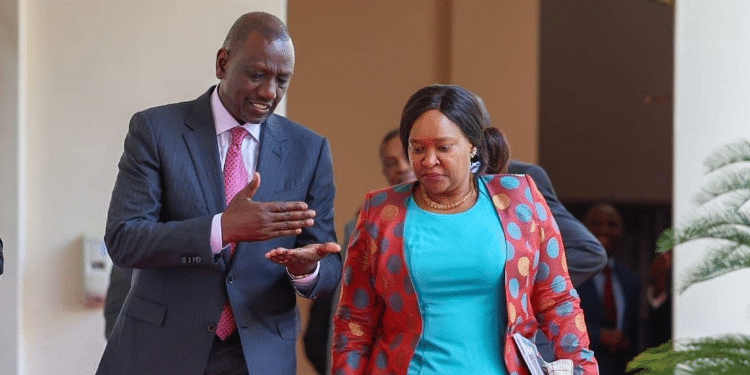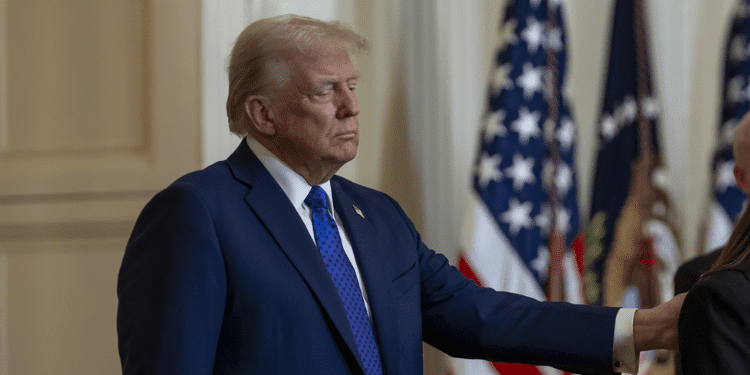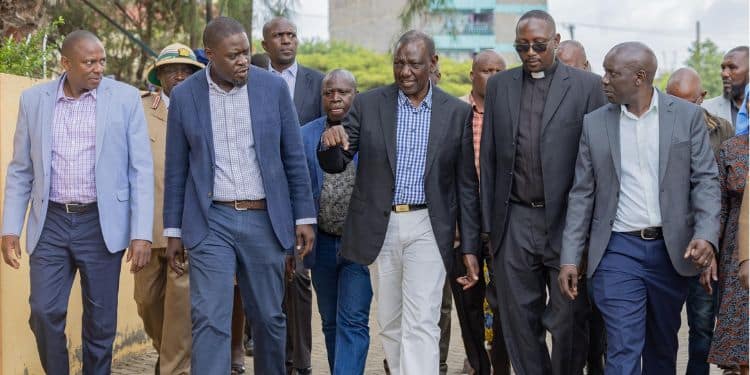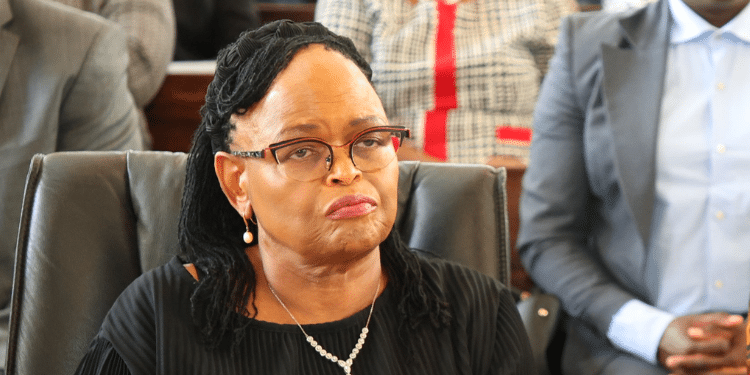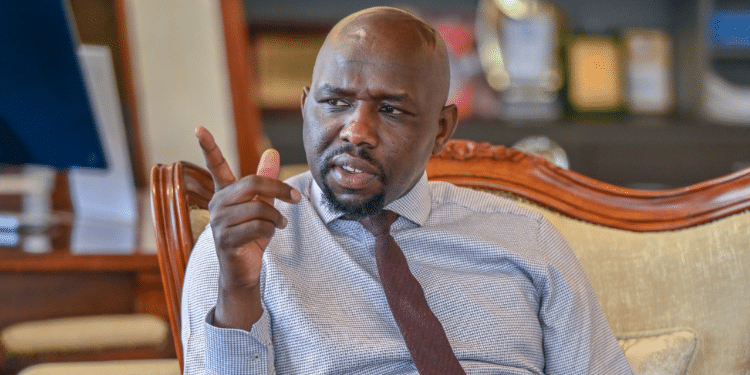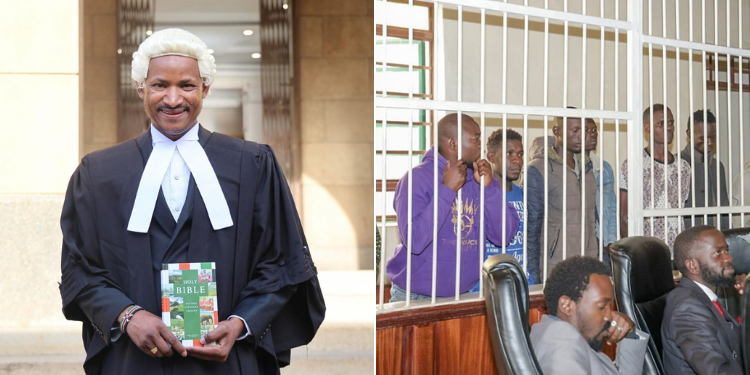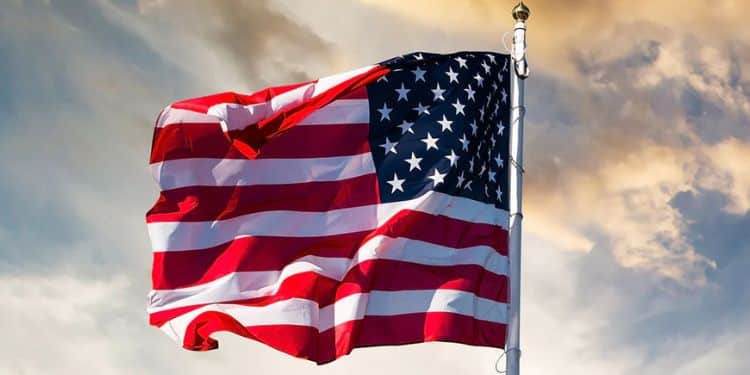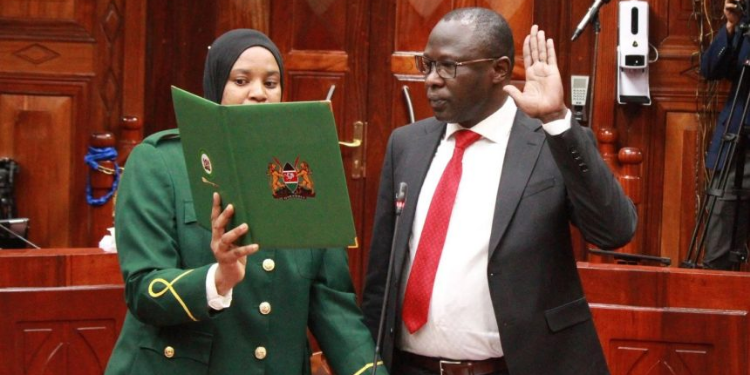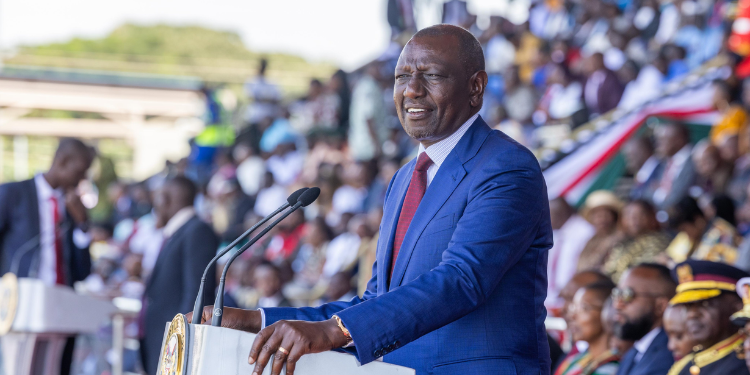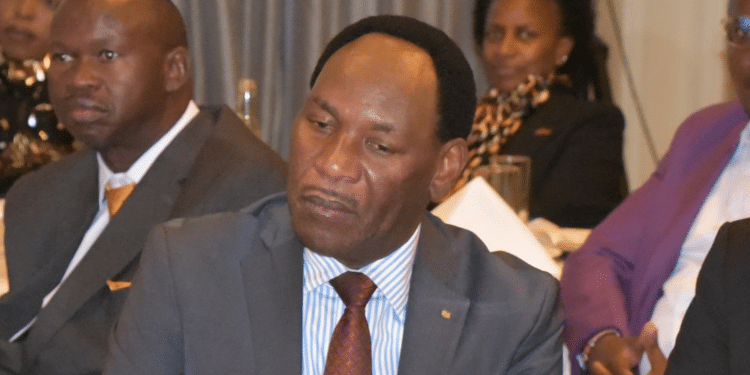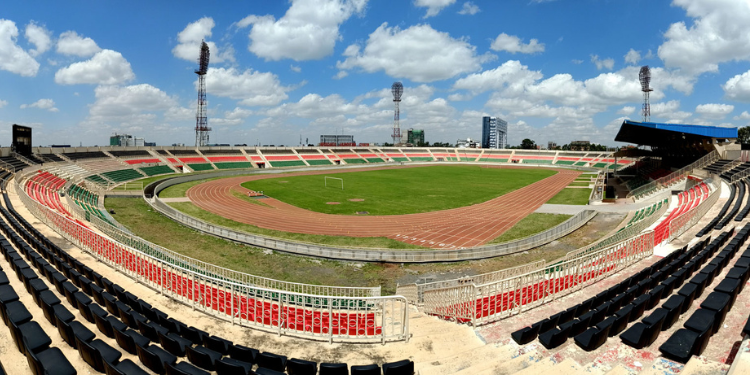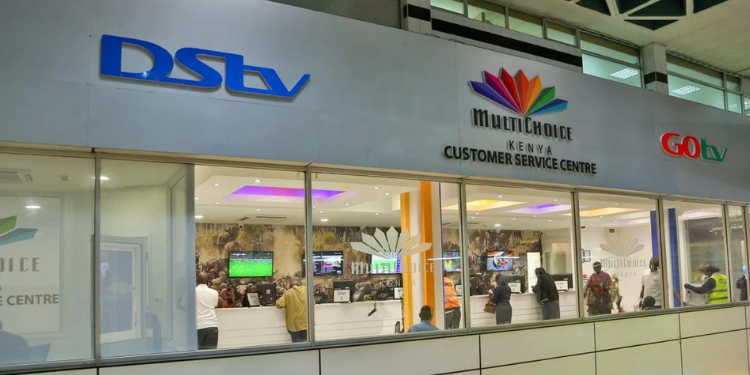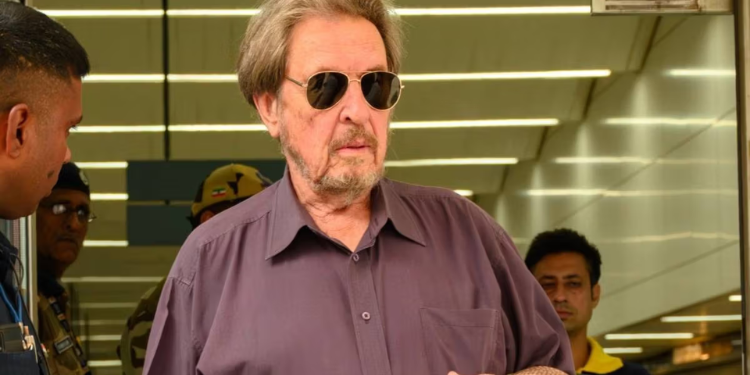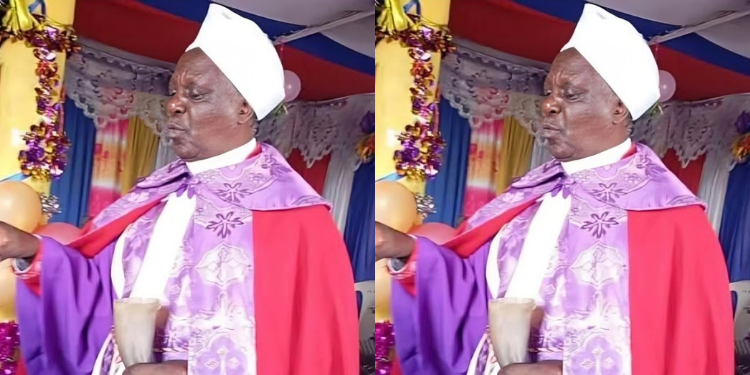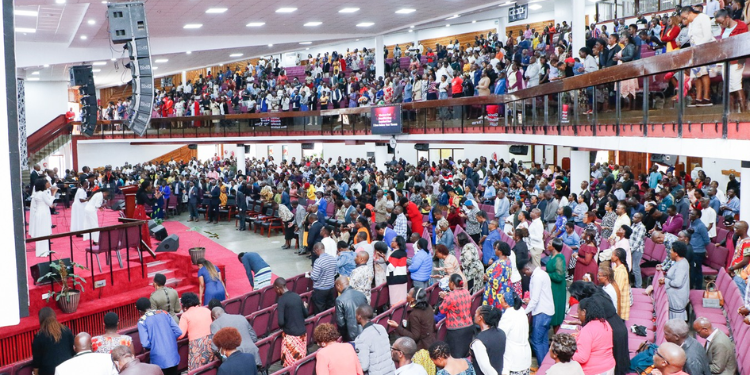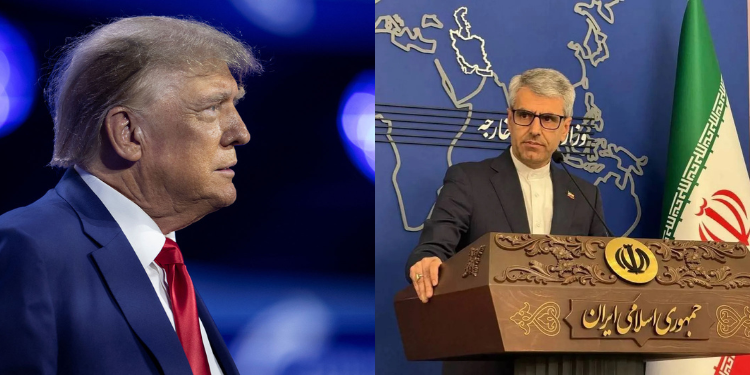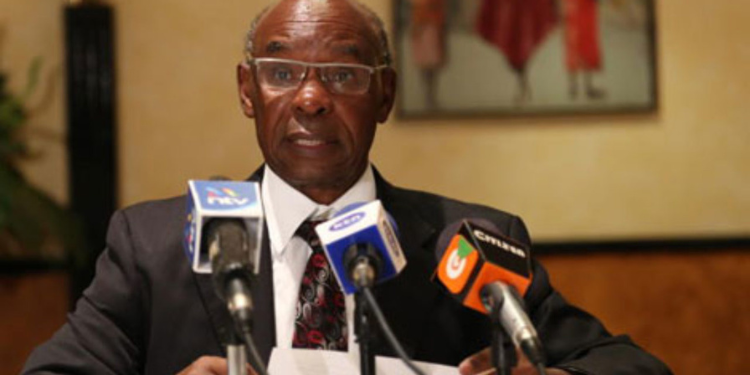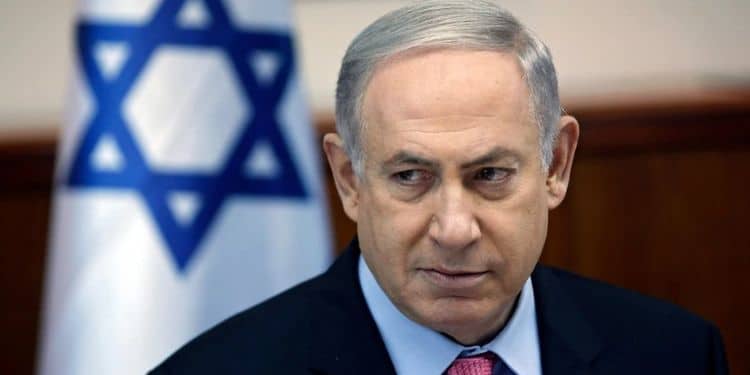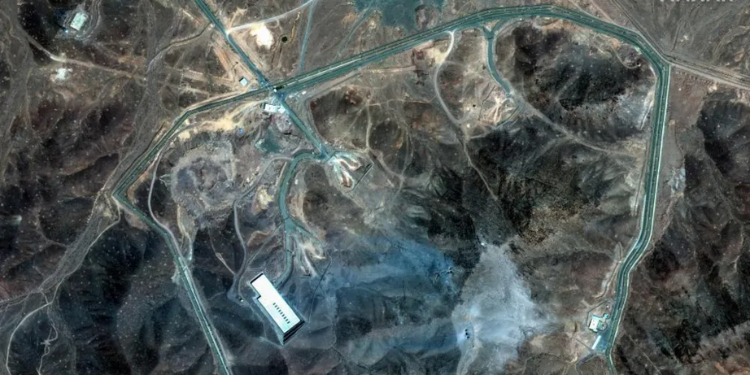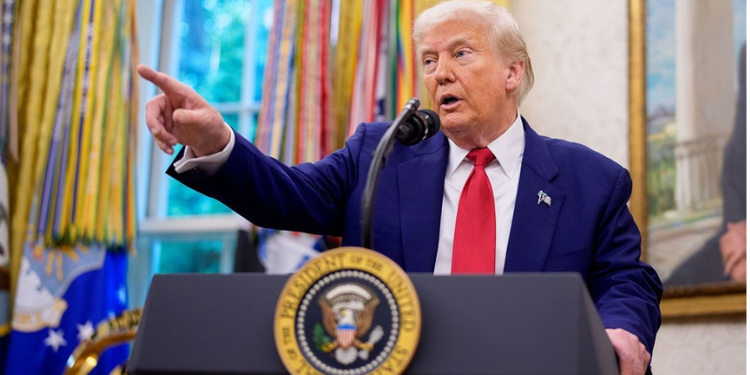Iran’s Foreign Ministry Spokesperson Esmaeil Baghaei has highlighted Iran’s concerns about U.S. intentions to lift sanctions, a central issue in nuclear deal negotiations.
There have been ongoing tensions since the U.S. withdrew from the JCPOA in 2018, with Iran demanding clear U.S. commitments on sanctions relief.
Baghaei emphasised the need for visible changes in the U.S. stance on sanctions, noting no progress has been seen so far.
Iran has decided to have a cautious approach when making international deals, seeking assurances to avoid past experiences where agreements were undermined.
Also Read: Details of Trump’s $175 Billion Golden Dome Missile Defence Shield Plan
The United States has maintained a hardline stance, with recent sanctions in April 2025 targeting entities supporting Iran’s nuclear activities. President Trump has also threatened further economic and military measures if a new deal isn’t reached, adding to the complexity.
JCPOA and U.S. Withdrawal
In 2015, Iran signed and agreed to limit its nuclear program in exchange for sanctions relief in the Joint Comprehensive Plan of Action (JCPOA).
However, the U.S. withdrew from the JCPOA in 2018 under President Trump, reimposing nuclear sanctions and escalating tensions.
The United States isolated itself from allies, and since then, efforts to revive or replace the JCPOA have been ongoing, but progress has been slow, with both sides holding firm positions.
President Masoud Pezeshkian noted Iran could survive without a deal, indicating resilience but also frustration. Iran has since resumed nuclear activities in retaliation.
Iranian officials rejected U.S. demands to scrap enrichment and replace it with a nuclear consortium.
Iran’s stance is also shaped by past experiences, such as the U.S. reimposition of sanctions post-2018, which the United Nations criticised for devastating Iran’s economy.
Recent Actions and Statements
On April 9, 2025, the U.S. Treasury Department imposed sanctions on five entities and one individual for supporting Iran’s Atomic Energy Organisation of Iran (AEOI) and the Iran Centrifuge Technology Company (TESA).
This action, taken pursuant to Executive Order 13382, targets proliferators of weapons of mass destruction, reflecting the United States’ policy to deny Iran a nuclear weapon.
Trump stated that any country buying oil from Iran would be barred from the United States, aiming to isolate Iran economically.
This is consistent with the “maximum pressure” campaign, which has been a consistent U.S. strategy since 2018.
Also Read: Iran Demands Sanctions Lift for Trump-Era Nuclear Deal
Negotiations are ongoing, with reports suggesting a possible temporary pause in Iran’s uranium enrichment in exchange for U.S. recognition of nuclear rights and release of frozen funds.
However, these talks face challenges, with clashing red lines, and potential escalation is possible if no deal is reached by mid-2025.
The U.S. insistence on scrapping enrichment, viewed as a pathway to nuclear weapons, contrasts with Iran’s claim of using nuclear energy for civilian purposes, creating a diplomatic stalemate.
This is further complicated by Iran’s readiness to enrich uranium on an “industrial scale” starting in 2025, increasing proliferation risks.
Iran’s statement can be seen as a public diplomatic move, possibly aimed at influencing international opinion or pressuring the U.S. in negotiations, especially given China’s and Russia’s roles as potential “Plan B” partners.
Follow our WhatsApp Channel and X Account for real-time news updates.
